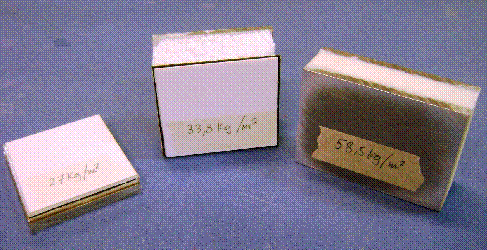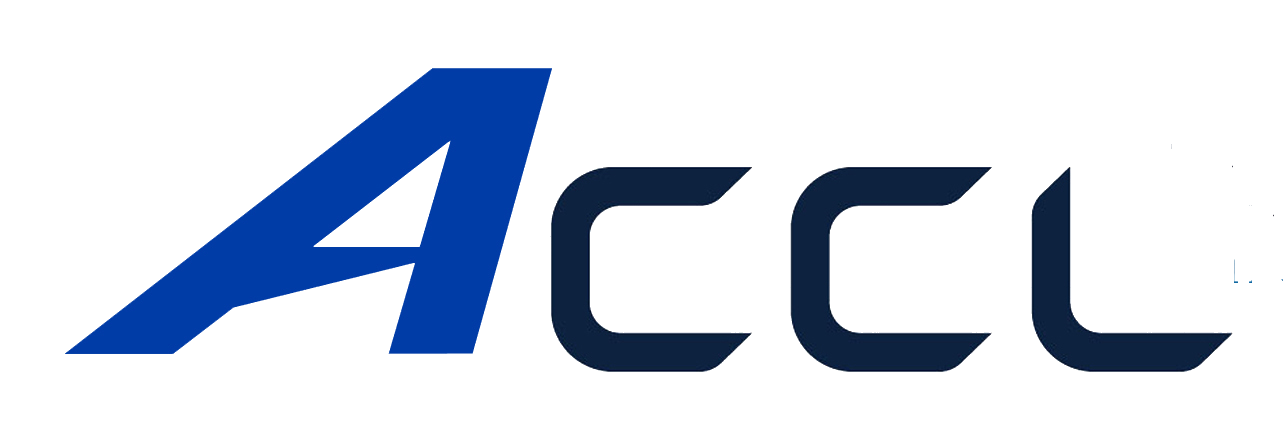Armouring
Advanced Ceramic Armouring Systems
Over the last decades armouring systems have evolved in tandem with threats. As threats have become faster and stronger, so the protective systems for people and for vehicles need to keep up in order to provide protection against them. This can be done by ever increasing the thickness of armour steel, but this of course means ver increasing the weight of armour. At the present levels of threat (APis, RPGs, HEAT etc), the weight penatly is completely prohibitive (over 8cm of steel!).
The he main challenge therefore has been to reduce the overall mass of the armouring system. For body armour this means that a full jacket against AK-47AP should not weigh more than about 8-10kg while for a vehicle the areal density should be limited to about 300kg/m2 to enable sufficient mobility. These values cannot be obtained by using armour steel, but only by ceramic or other lighter materials. The first such systems were developed during the Vietnam war ("Chobham") and have since been evolving apace.
In the Advanced Ceramics Laboratory, we have over 20 years' experience in developing armouring systems based on hard advanced ceramics bonded onto other layered materials to defend against threats up to and including threat levels CEN B7 (Armour piercing) for both body and vehicle protection.
We have developed a number of systems, based on industry-standard ("chobham-type") configurations as well as a number of more advanced systems, based on shaped ceramics and composites.
In addition, systems against both ballistic threats and explosions have been developed, the latter in conjunction with shaped vehicle bodies.



